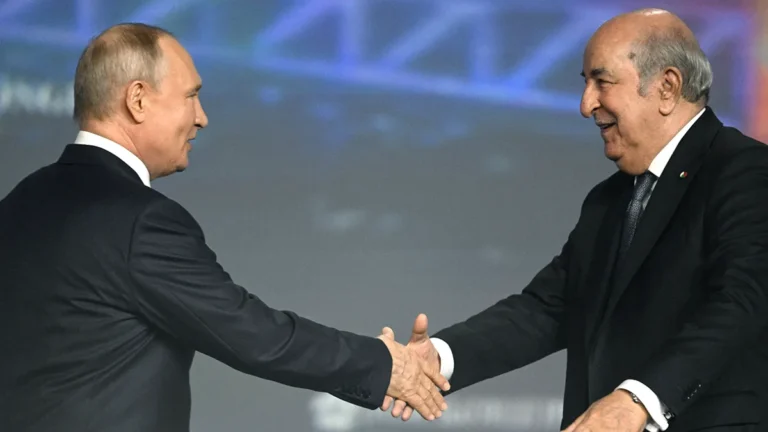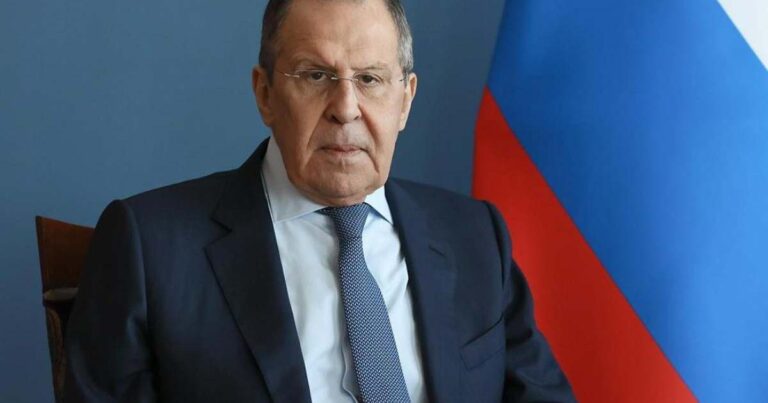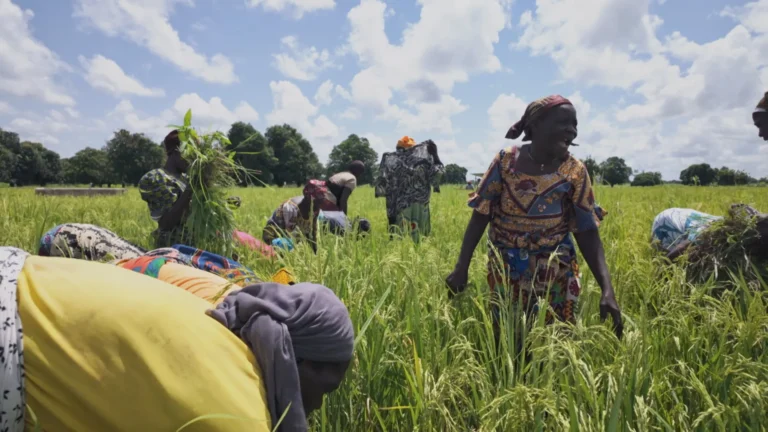Togo has called for a fundamental rethink of how Africa is represented on global maps, highlighting distortions that have persisted for centuries.
At the United Nations in New York on Friday, Togolese Foreign Minister Robert Dussey launched a demonstration as part of the “Correct the Map” campaign, denouncing the widely used Mercator projection.
“It reduces the African continent by about half while amplifying the size of Europe and North America,” Dussey said, stressing that Africa’s true scale is often obscured.
The continent spans 30.3 million square kilometers, including its islands, representing 20% of the Earth’s land area, yet traditional maps often make it appear tiny—comparable to Greenland or Russia.
With a population projected to reach 1.4 to 1.5 billion by 2030, Africa accounts for roughly 18% of the global population, a demographic weight rarely reflected in cartography.
“The size of Africa here is intentionally understated,” Dussey added, pointing out that the continent could physically contain the United States, Russia, India, France, the United Kingdom, and China combined.
The minister called on the United Nations and the African Union to support the “Decolonize Geography” campaign, aimed at producing a new political and geographic mapping of Africa that accurately reflects its scale, diversity, and importance.
According to Dussey, correcting these distortions is not merely symbolic. “A fair representation of Africa is essential for global awareness, education, and geopolitical understanding,” he said, noting that the current maps perpetuate outdated perceptions inherited from colonial-era cartography.
The initiative has already sparked discussion among academics and policymakers, raising questions about how the world visualizes the continent and emphasizing the need for maps that reflect Africa’s true geographic and demographic significance.



